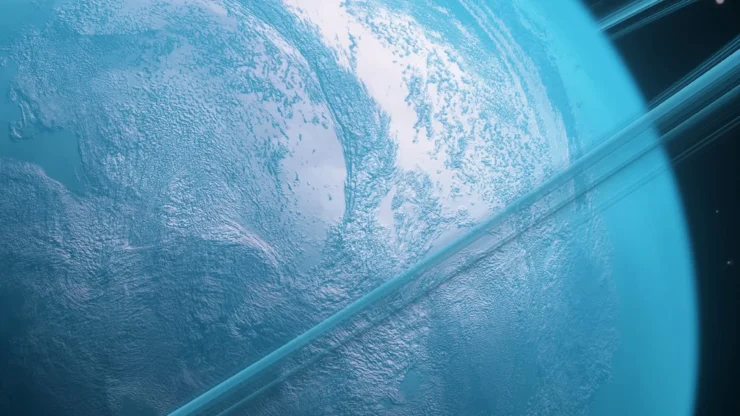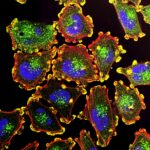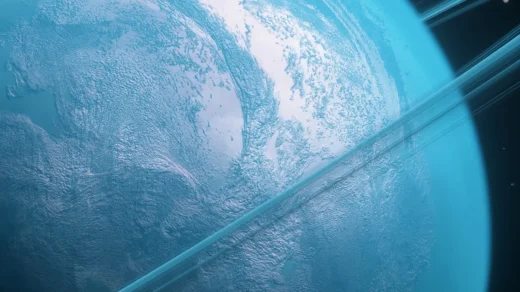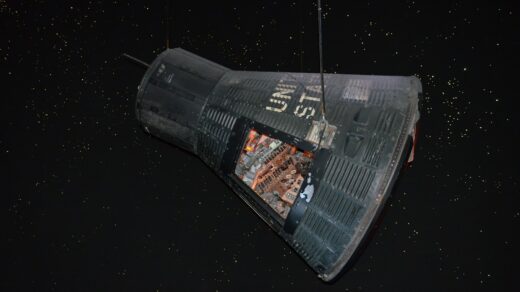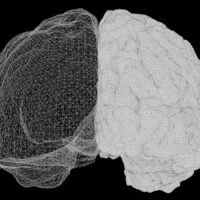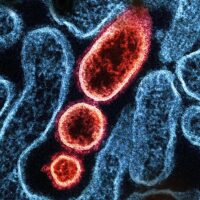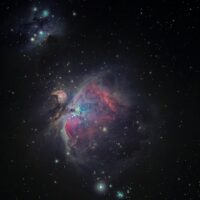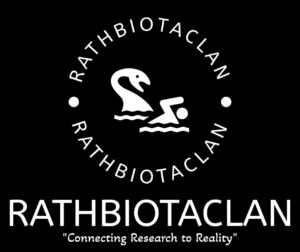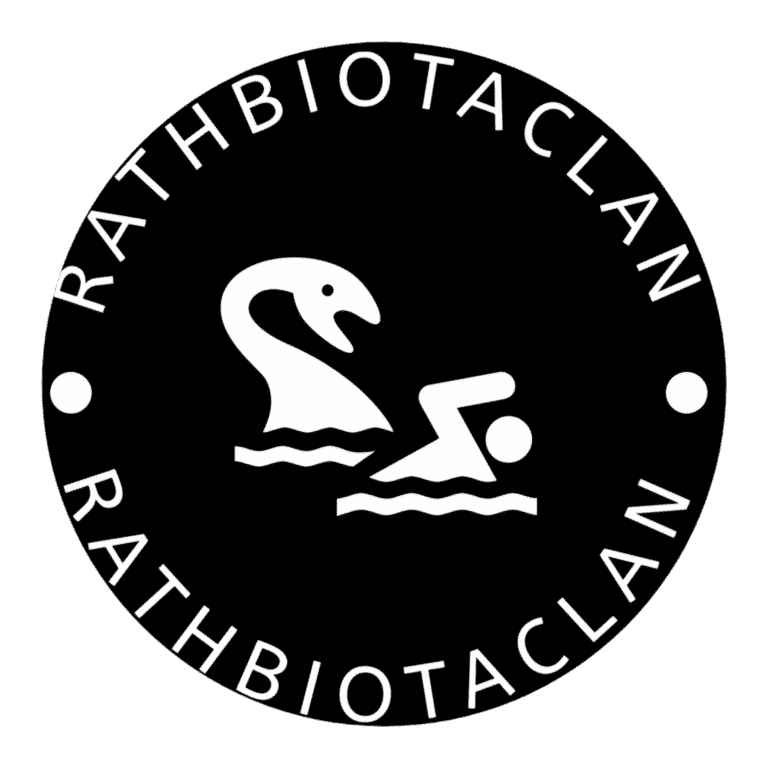A groundbreaking study is reshaping how scientists search for extraterrestrial life: cosmic rays might help sustain life on distant worlds. Traditionally, researchers focused on planets within habitable zones—where liquid water exists on the surface. Now, a bold new theory suggests that radiation itself may power life underground, thus expanding our understanding of habitability.
Radiolysis: How Cosmic Rays Could Support Alien Life

At the heart of this concept lies radiolysis, a process in which ionising radiation breaks apart water molecules. Galactic Cosmic Rays (GCRs)—high-energy particles from deep space—can penetrate the thin atmospheres and icy surfaces of certain moons and planets. Once inside, they interact with water molecules, producing solvated electrons, hydroxyl radicals, hydrogen radicals, and other reactive products.
Consequently, microbes could potentially harness these molecules to produce ATP—the universal energy currency of life. In this way, radiation, typically viewed as harmful, might actually drive life-supporting chemical reactions, including electron transfers essential for metabolism.
Earth Extremophiles Support the Case for Cosmic Ray-Driven Life
This theory draws strength from known life on Earth. For example, scientists discovered the bacterium Candidatus Desulforudis audaxviator nearly three kilometres underground in a South African gold mine. Remarkably, it survives on energy from radioactive decay, not sunlight.
Similarly, other microbial communities in deep caves and ocean sediments rely on hydrogen generated by radiolysis from uranium, thorium, and potassium. Therefore, if life can adapt to such extreme conditions on Earth, then similar life forms might exist on other celestial bodies under analogous environments.
Testing Cosmic Rays and Extraterrestrial Life Potential on Icy Worlds
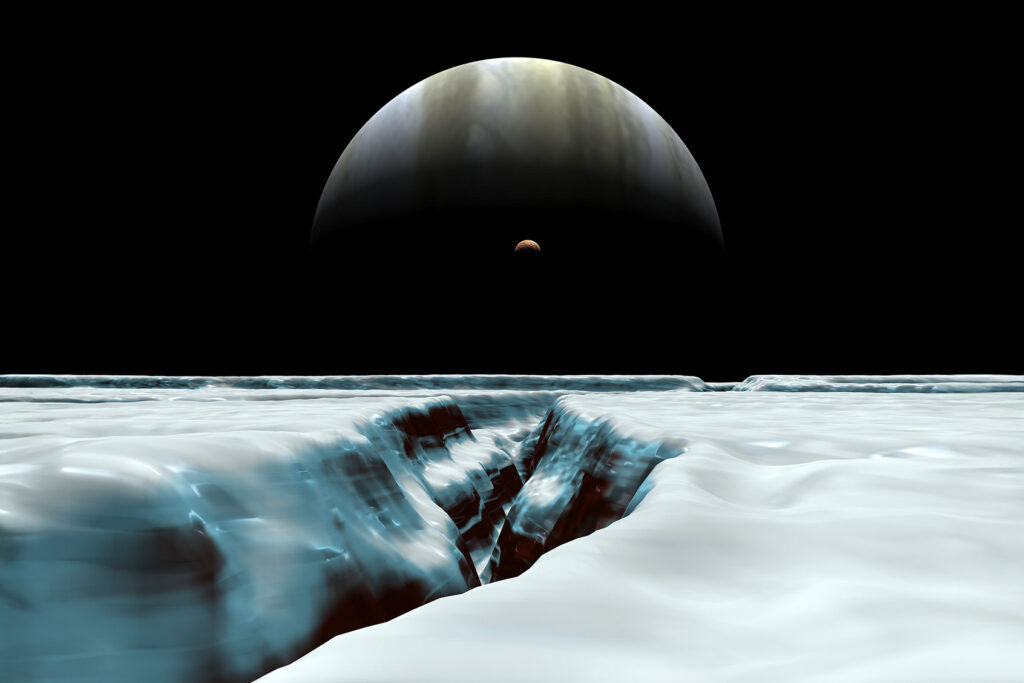
To test this hypothesis, astrobiologist Dimitra Atri and colleagues studied Mars, Europa (Jupiter’s moon), and Enceladus (Saturn’s moon). These bodies likely harbor underground water and have atmospheres thin enough for cosmic rays to penetrate.
The researchers used the GEANT4 numerical model to simulate how cosmic rays interact with water below the surface. Afterward, they estimated how much microbial life could be supported based on E. coli‘s metabolic requirements.
🧪 “This research highlights the unexplored connection between cosmic rays and extraterrestrial life in subsurface environments.”
Microbial Life Potential Below the Surface: Cosmic Ray Evidence
The results were compelling:
- Enceladus: At 2 metres deep, radiolysis could support 42,900 cells/cm³.
- Mars: At 0.6 metres, the number was 11,600 cells/cm³.
- Europa: At 1 metre, the model predicted 4,200 cells/cm³.
Surprisingly, the energy levels in these environments were 10 to 100 times greater than those supporting D. audaxviator on Earth. As a result, the team proposed the concept of a Radiolytic Habitable Zone (RHZ)—an area where radiation-driven chemistry could power life.
Limits of Cosmic Rays and the Search for Extraterrestrial Life
While the concept is exciting, scientists urge caution. According to astrobiologist Franco Ferrari, radiation alone isn’t enough—organisms still require sugars and nutrients, often formed through photosynthesis. Moreover, Zach Adam points out that the energy from cosmic rays may only be enough to “keep things going” rather than power large ecosystems.
In addition, other limitations include:
- The study didn’t model how extreme temperatures affect radiolysis.
- Earth has no direct analogue of life that evolved under continuous cosmic ray exposure.
- High conductivity in solvated environments might disrupt cellular functions.
- The formation of complex molecules like cytochromes may be difficult—though the building blocks, such as porphyrins, might form abiotically.
Exploring Cosmic Rays and Life: Future Missions to Icy Moons
Despite the challenges, this research encourages a shift in exploration priorities. Scientists now recommend drilling into the shallow subsurfaces of Mars, Europa, and Enceladus—where cosmic rays could support life.
🌌 “Studying the interaction of cosmic rays and extraterrestrial life could guide the next wave of planetary exploration.”
Several missions are set to advance this effort:
- ESA’s ExoMars 2028 and NASA’s Mars Life Explorer (MLE) will collect underground samples.
- Europa Clipper (launching 2024) will assess surface temperature and ice thickness, helping identify optimal landing zones.
- The Enceladus Orbilander (planned for 2030) will study icy plumes and surface debris near southern fissures where ice layers are thinner.
Conclusion: Cosmic Rays and Extraterrestrial Life Redefine Habitability

In summary, this study shows that GCR-induced radiolysis may serve as a viable energy source for microbial life on Mars, Europa, and Enceladus. By challenging long-held beliefs, it opens the door to the possibility that life could thrive in high-radiation, lightless environments.
Ultimately, this work encourages a broader and bolder search for life—one that looks beyond traditional surface habitability and into the hidden, radiation-fueled ecosystems of the cosmos.
Reference
Atri, D., et al. “Estimating the Potential of Ionizing Radiation-Induced Radiolysis for Microbial Metabolism on Terrestrial Planets and Satellites with Rarefied Atmospheres.” International Journal of Astrobiology, published online 28 July 2025, https://doi.org/10.1017/S1473550425100025.

